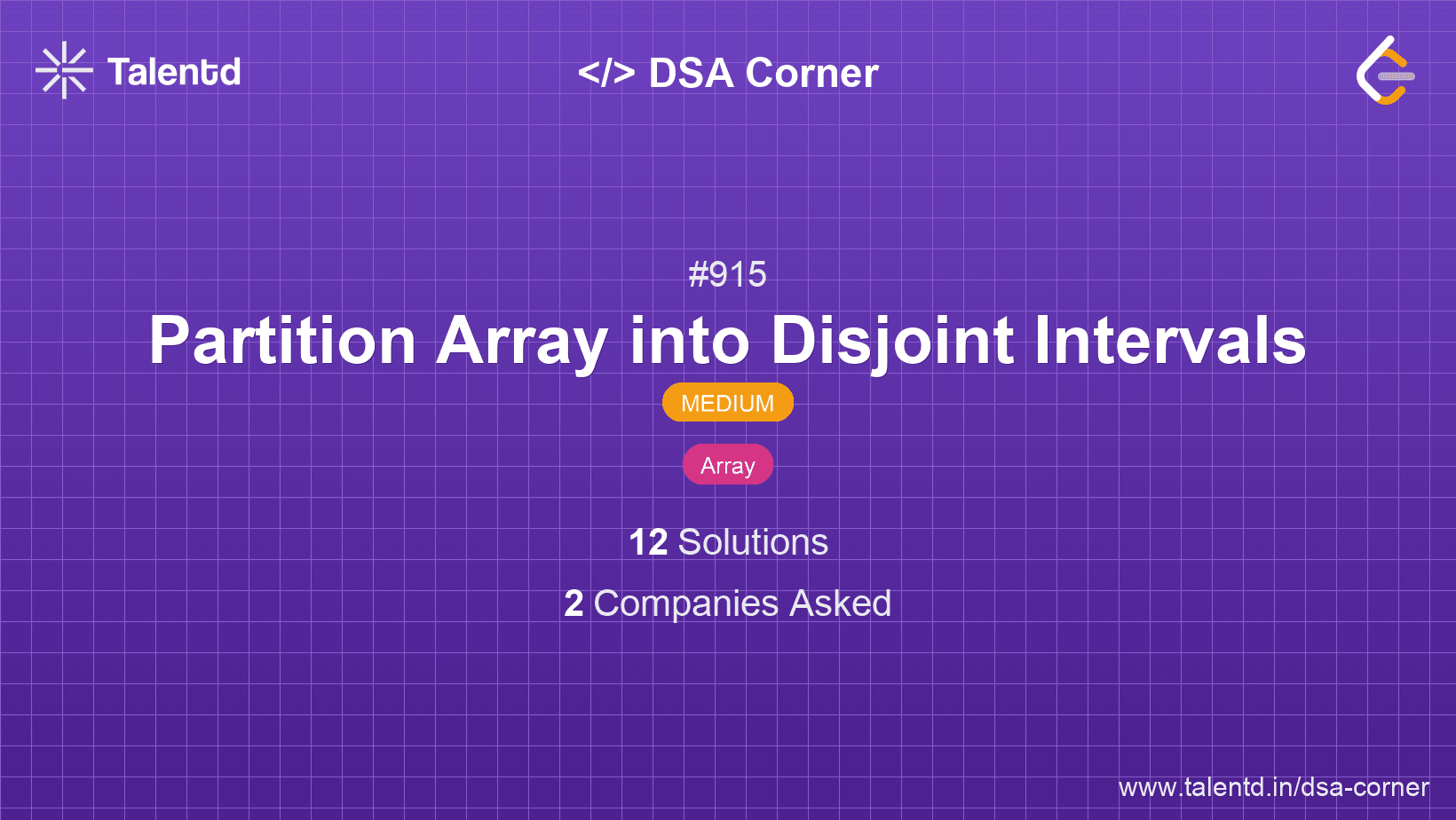
Sponsored
Sponsored
This approach involves maintaining a running maximum for the left subarray and a suffix minimum for the right subarray. By iterating through the array and comparing these values, we can determine the appropriate partition point where all conditions are satisfied.
Time Complexity: O(n) - Linear scan of the array.
Space Complexity: O(1) - Only variables used for tracking, no extra storage required.
1def partitionDisjoint(nums):
2 max_left = nums[0]
3 max_so_far = nums[0]
4 partition_idx = 0
5
6 for i in range(1, len(nums)):
7 if nums[i] < max_left:
8 max_left = max_so_far
9 partition_idx = i
10 else:
11 max_so_far = max(max_so_far, nums[i])
12
13 return partition_idx + 1
14
15print(partitionDisjoint([5, 0, 3, 8, 6])) # Output: 3
16The Python solution achieves the partitioning by maintaining current maximums within the loop as it traverses the array. The partition index is adjusted whenever an element smaller than max_left is found, ensuring a valid disjoint partition is maintained.
This approach involves using two additional arrays: one to track the maximum values until any index from the left and another to track minimum values from the right. These auxiliary arrays help determine where a valid partition can be made in the original array.
Time Complexity: O(n) - Needs three linear passes through the array.
Space Complexity: O(n) - Additional space for two auxiliary arrays.
1
Java employs two auxiliary arrays like the other approaches to determine partition points efficiently. Synchronization of leftMax and rightMin arrays enables satisfying partition structures.